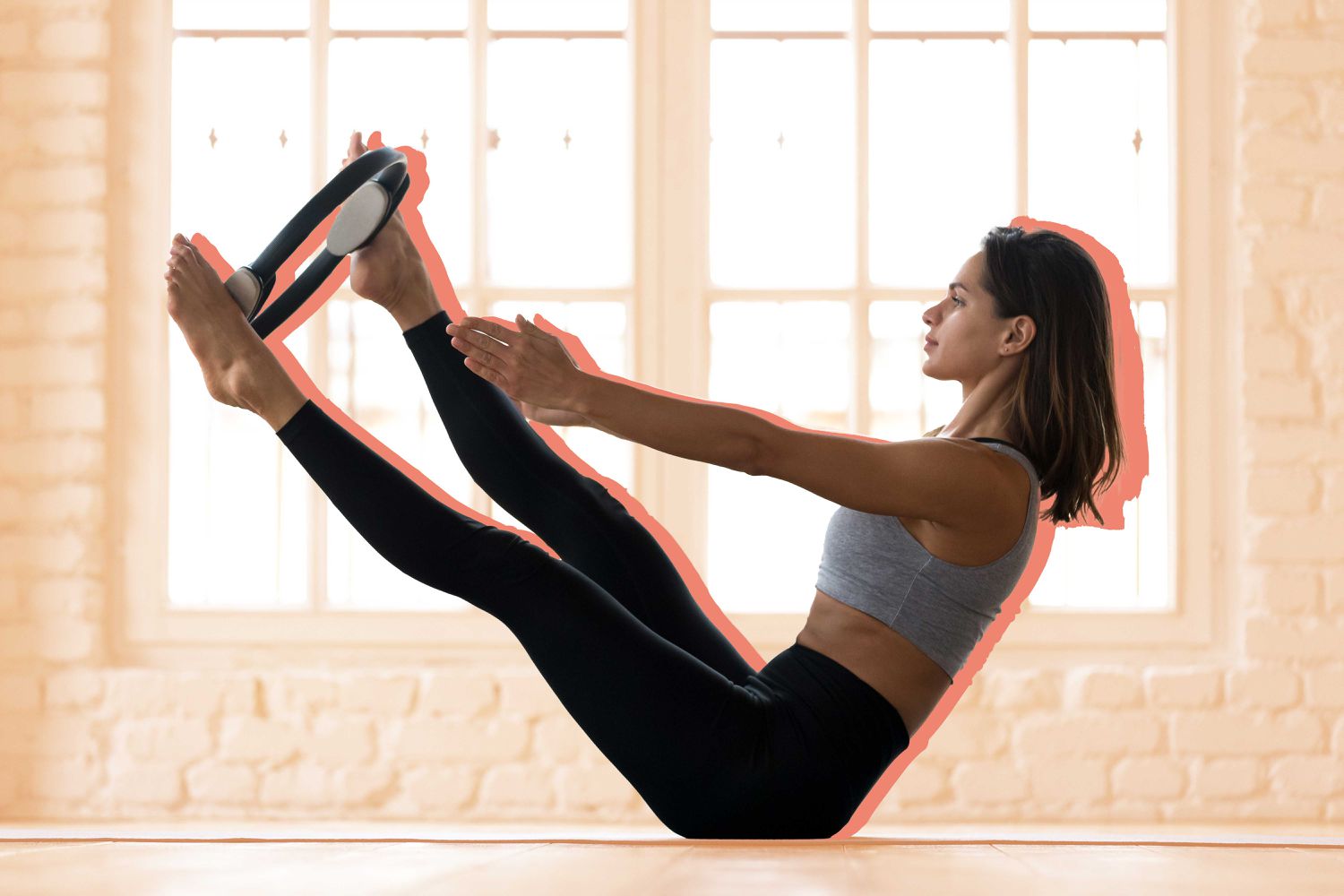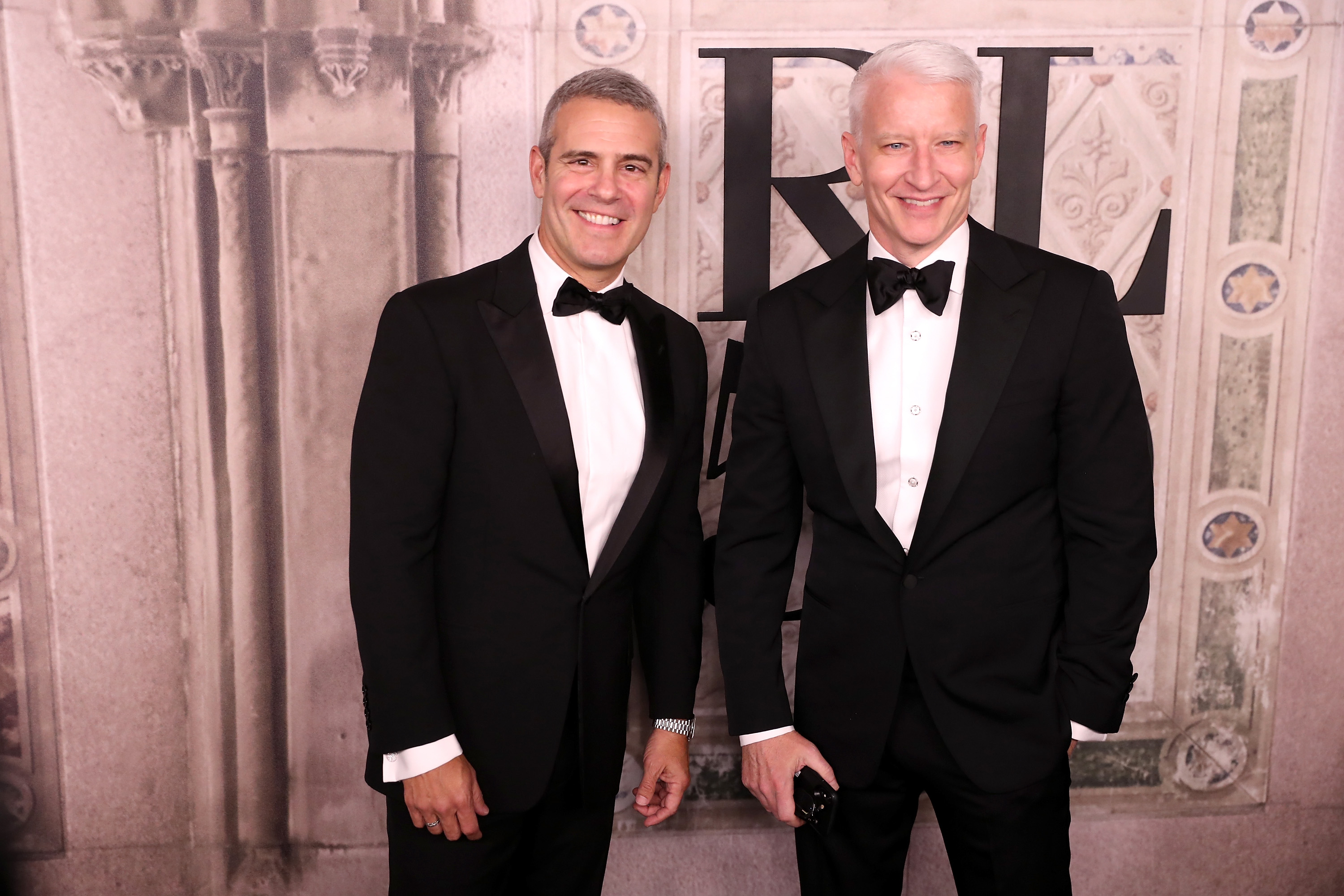"Exploring Pilates: Understanding Its Benefits, Ideal Practitioners, and Getting Started"

With celebrities like Lady Gaga, Miley Cyrus, and Megan Fox all waxing poetica about Pilates, it’s clear that Pilates is beloved by some—but fitness pros say Pilates should be loved by all.
Far from an exercise modality exclusively for A-listers and actresses, “Pilates really is for people of all fitness levels, stages of life, and ages,” says Pilates instructor and certified clinical Naturopath Bianca Wise with Alo Moves. There is even research proving that Pilates is safe for (most) peeps who are pregnant, the elderly, and even those who use mobility aids or have certain chronic conditions.
But what the heck is Pilates? Exercise! More specifically, “it’s a low-impact, low-intensity form of exercise that emphasizes core control, controlled breathing, and precise movement,” says Ashley Rogers the head instructor at Reform Pilates LA in Los Angeles, CA and founder of Pilates By Ashley.
That’s just the tip of the iceberg though—read on to learn more about Pilates and its health and fitness benefits. Trust, by the end of this article you’ll be asking Siri to stake out the Pilates studios near you (or giving one of Shape’s Pilates workouts a try right from home).
Pilates is an exercise method that uses approximately 50 different simple exercises to increase strength, flexibility, and body awareness, says Wise. The actual exercises that get mixed-and-mashed during Pilates—like the bridge, high plank, hip dip, lunge, and scissor kick, to name just a few—are likely familiar to anyone who has ever taken a group exercise class of any kind.
What sets Pilates apart, however, is the approach. By prioritizing midline activation and engagement as well as encouraging participants to sync breath-to-movement, Rogers says that Pilates promises a whole lotta of core bang for your movement buck, as well as offering mental health benefits like improved concentration, boosted mind-body connection, and feeling of centeredness.
Odds are that the term “Pilates” brings up both an image of a floor-bound routine as well as exercise done on a… contraption. Well, the former is known as mat Pilates and the latter is reformer Pilates. Both types of Pilates offer a low-impact way to increase strength, stability, and mobility, according to Rogers, but reformer Pilates and mat Pilates have a few noteworthy differences.
Mat Pilates, the OG version of Pilates, is all about moving your body through flows on a mat, says Wise. “It can feel really grounding and is a fabulous way to tone and strengthen your muscles while keeping things low impact and gentle on the joints,” she says. As an added bonus, it can be completed almost anywhere, including your living room or at a hotel, so long as you have a Pilates mat.
Reformer Pilates is done using the Pilates Reformer machine, which is essentially a souped up massage table complete with a spring-loaded carriage, resistance bands, cable pulleys, and hand and foot straps, explains Wise. The machine gives you access to a wide variety of movements, and can also be used to increase resistance which challenges your muscles and further works up strength, she says. Generally speaking, reformer Pilates has a longer learning curve than mat Pilates and isn’t quite as accessible given the equipment needs. (Though, reading this beginners guide on Pilates reformers is a good place to start!).
Much like powerlifting and Olympic lifting, to the untrained eye and ear, yoga and (mat) Pilates look and sound identical. After all, both primarily take place on the ground and involve a whole lot of intentional inhaling and exhaling. But the two modalities are quite different.
“Pilates focuses more on strengthening the core and improving posture and muscle tone with controlled movements,” says Rogers. Yoga, on the other hand, is a spiritual practice that emphasizes flexibility, balance, and well-being, often incorporating meditation and deep breathing exercises, she says.
A workout routine replete with either Pilates or yoga will improve overall fitness and well-being, says Rogers. The overall approach and primary benefits, however, are different!
Whether you do Pilates in a studio or in your spare bedroom, on a reformer or the floor, there are some real physical and mental benefits of doing Pilates. Read about 7 of the reasons Pilates is good for you below.
‘Engage your core’ is a common refrain in Pilates class, perhaps even to the point of tedium—but all that core focus has some serious pay-out. The core focus and core exercises of Pilates really do help to strengthen all the muscles in your core, according to Rogers.
Actually, Pilates strengthens your core so effectively that there’s a nickname for the midline gains people experience from doing it: The Pilates Corset.
Building a strong core is far more than a prerequisite to six-pack abs, however. “A strong core is crucial for maintaining good posture and preventing back pain,” she says. A strong core also ensures stability and safety of daily movements, which is especially important as we age,” says Rogers.
On the topic of aging, researchers of a 2022 review published in Health Sciences Review reported that not only is Pilates healthy for older adults, but that it can also improve balance. Considering that an estimated 40,000 people aged 65 and older die from preventable falls, this is no small potatoes.
Are you one of the estimated 25 percent of people who sit for eight or more hours per day? Well, then you'll benefit from hip-opening exercises like the ones often incorporated into Pilates class, according to Wise.
'Sitting at a desk all day can cause tight hips, which can lead to lower back pain, change your posture and increase risk of injury,” says Wise. “The hips are also connected to the parasympathetic and sympathetic nervous system,” she says. So, if you find you are sitting at a desk all day feeling stressed and anxious, your hips will bear the load of these emotions and become tighter and tighter, she says.
Pilates movements like the leg sweep, lift and lower, and hip dips can all relieve muscle tension in your hips, she says.
Pilates forces (nay, encourages!) you to sync your movements with your breath, “which is a wonderful way to sync your mind and your body,” says Rogers. The result? A stronger mind-body connection.
The greater your mind-body awareness, the less prone you are to all kinds of injuries, she says. Including: overuse joint injuries, broken bones, sprains and strains, and more.
Far from a marketable gimmick, each huff and puff performed during Pilates provides mental health perks, according to Rogers. “Syncing breath to movement has the benefit of enhancing body awareness, reduces stress, and promotes mindfulness,” says Rogers.
In fact, researchers of one 2018 review published in Complementary Therapies in Medicine concluded that Pilates results in “significantly large reduction” in symptoms of both anxiety and depression. A second review from 2023 published in Medicine journal found the exact same, leading researchers to suggest it as part of a holistic mental health routine.
Notably, Pilates is one of the few exercise modalities widely recommended to pregnant folks and people postpartum. Obvi, anyone in this life stage should consult a gynecologist or pelvic floor specialist prior to adding Pilates into their pre-birth routine. However, because the pelvic floor is part of the core, the emphasis on core control and strength is thought to be especially beneficial for soon to be parents.
One 2021 study published in BMC Pregnancy and Children found that those who regularly performed Pilates while pregnant had significantly reduced the intensity of pain during labor, as well as increased maternal experience of the birth. Meanwhile, one 2014 study found that pregnant women who took 8 weeks of online Pilates classes while pregnant say their fears surrounding giving birth lessen throughout the program.
The fact that (mat) Pilates can be performed anytime, anywhere means that Pilates is an especially good choice for people with busy schedules, or no access to childcare, adds Wise. “You can do it right from home with no equipment,” she says.
Anyone! The celebration and highly gendered marketing of the modality may make it seem like Pilates has a Young and Famous Women Only Policy. But nothing could be further from the truth—Pilates is for people of any gender, age, or physical and fitness ability, says Rogers.
While women currently account for 90 percent of all Pilates lovers, the exercise was actually initially made for men. Joseph Hubertus Pilates originally developed the modality in the 20th century to help wounded World War I veterans (men) re-develop their strength. After the war, the method continued to be used in male-only spaces, like military police training and boxing. It wasn’t until years later in the 1930s that dancers integrated the sport, and later the rest of the general population, took interest.
Additionally, there is no age cap on Pilates, nor fitness prerequisite for trying it, says Rogers. One 2021 review published in the journal Frontiers in Neurology reported that Pilates is a safe, adaptable, and promising exercise approach for older adults.” Much like CrossFit, Pilates can be tailored and scaled to meet the needs of each individual, from beginners to advanced practitioners, she says.
That said, anyone with specific medical conditions or pre-existing injuries should consult with a healthcare provider before starting Pilates, says Rogers.
In metropolitan areas, there are probably as many Pilates studios as there are matcha latte cafes or line-tattoo parlors. Meaning, a lot. Of course, the modality isn’t just for city-dwellers—most suburban towns have a handful of studios, too.
Your first few times trying Pilates, Rogers says its best to take an in-person class with a certified instructor. This way, you can master the fundamental movements with trainer instruction, as well as get personalized modifications that ensure safe practice. Many studios offer beginner classes for people of your skill level, she says. Though, private one-on-one sessions can be especially beneficial for newbies as they offer personalized attention, allowing the instructor to tailor exercises to your specific needs, goals, and fitness level, she says.
Once you’ve mastered the basics, Rogers says you have the greenlight to explore online Pilates classes. These classes allow you to get just as good of a workout, right from the convenience of your house, hotel room, or home gym. “For online classes, it’s best to choose a platform with good customer reviews and on-staff instructors who have credible certifications,” she says. (FYI: To help you find reputable online Pilates classes, we put together this at-home Pilates workout guide).
The most important thing for any Pilates-doer to remember—whether they’re doing it at home or at a fitness studio, this is their first class or two-hundredth—is to listen to their body, says Roger. After all, trying to push your body past its current capacity or ignore pain is in direct opposition to Pilates' big focus on mind-body connection.




